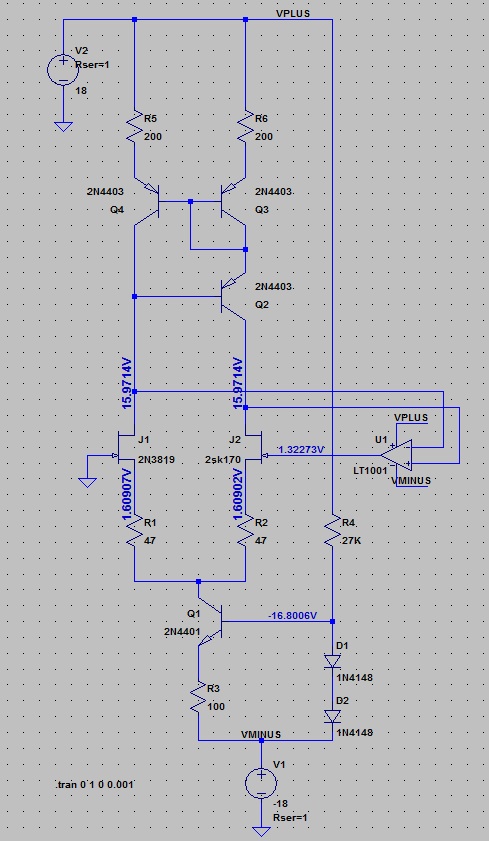L´Andratté
Well-known member
Oh I just built the ad797 from Samuel Groner´s site (I used 1:1.73 Sowters which I think are the optimum ratio) and I´m blown away by it. Nice.
L´Andratté said:Oh I just built the ad797 from Samuel Groner´s site (I used 1:1.73 Sowters which I think are the optimum ratio) and I´m blown away by it. Nice.
Scodiddly said:The breadboarding has begun.
I really did have all the parts for the basic design, even some rather odd-valued resistors that go with the voltage regulator. Can't believe I never got around to building the damn thing.
Scodiddly said:The breadboarding has begun.
I really did have all the parts for the basic design, even some rather odd-valued resistors that go with the voltage regulator. Can't believe I never got around to building the damn thing.
Dualflip said:Pics or it didn't happen...
Scodiddly said:Got it passing audio, but my DC voltages and obviously therefore my bias stuff is all out of whack. Which shouldn't be a surprise to anybody, really.
Scodiddly said:Wow, this thing has some serious gain. And directly drives a pair of headphones on the output.
Dualflip said:Do you have any instrument to measure its distortion?
Scodiddly said:Yes, SMAART. You can generate a sine wave and look at the harmonics and (if I can remember the key combination) have it calculate THD.
Already used it, the frequency response is pretty flat and yes there's some distortion present. Haven't brought my scope home yet to look at the waveform.

Matador said:I wonder how much more adaptable the circuit would be to different JFET's by substituting the 1.8K source resistor with a CCS set to 0.8mA (to drop 12V across the 15K drain resistor), using a BJT with a diode on the base (like what is done on the MP1, at the bottom of this image):
